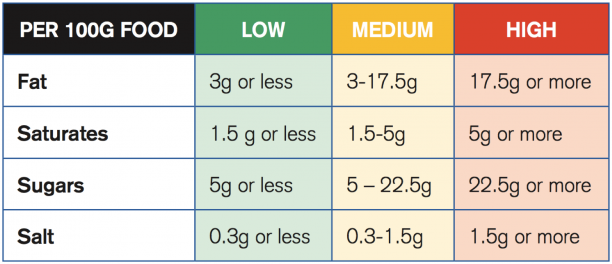Saturated fats
- Get link
- X
- Other Apps
Saturated fat

There are different types of fat in the food we eat, and saturated fats are the type that raise blood cholesterol.
Many foods contain saturated fat. They’re found in animal foods, such as meat, butter and other dairy products, and foods that are made with them, such as cakes and biscuits. They're also found in some plant foods including coconut oil and palm oil.
Cutting down on foods high in saturated fat and replacing them with foods with more unsaturated fat can help improve cholesterol levels. Go for healthy spreads, oily fish, nuts, seeds and cooking and salad oils.
How does saturated fat raise your cholesterol?
Cholesterol is made and broken down in the liver. Eating foods that have too much saturated fat, and too little unsaturated fat, changes the way the liver handles cholesterol.
Our liver cells have LDL receptors on them. When LDL cholesterol passes by in the blood, the receptor takes the cholesterol out of the blood and into the liver to be broken down. So, we need LDL receptors to keep our cholesterol levels under control.
Research suggests that eating too much saturated fat stops the receptors from working so well, so cholesterol builds up in the blood.
Foods which contain saturated fats
These foods are high in saturated fat:
- milk and white chocolate, toffee, cakes, puddings and biscuits
- pastries and pies
- fatty meat, such as lamb chops
- processed meat, such as sausages, burgers, bacon and kebabs
- butter, lard, ghee, dripping, margarine, goose fat and suet
- coconut and palm oils and coconut cream
- full fat dairy products such as cream, milk, yogurt, crème fraiche and cheese.
Saturated fats are usually hard at room temperature, such as in butter, the fat in meat and coconut oil. Unsaturated fats are liquid, like olive oil.
Many foods contain a mixture of saturated and unsaturated fats. Try to cut back on the foods which are high in saturated fat and replace them with foods that contain more unsaturated fat.
Have a look at these healthy swaps. Plus get some ideas for healthy snacks.
How much saturated fats should we eat?
About a third of our energy should come from fat. That’s about 70g for a woman and 90g for a man per day.
Saturated fats should make up no more than a third of this. That’s 20g for women and 30g for men.
How to cut down on fat and saturated fat
To keep to a healthy weight, you need to keep an eye on how much fat you eat in total, as well as eating less saturated fat. Use these tips to help you cut down on fat and saturated fat.
Check the labels
When you’re shopping, check the labels of products to see how much fat is them and how much they will add up to the daily maximum. Look at the total fat and the saturated fat. Saturated fat might be written as ‘sat fat’ or ‘saturates’.
- Choose foods that have more unsaturated than saturated fats.
- Go for foods that are labelled green or amber for saturated fat.
- Some foods that are high in fat such as oily fish, nuts, oils and spreads may be red for saturated fat. This is OK because these foods contain a higher proportion of the healthy unsaturated fats.
- Per 100g of food – low-fat is 3g or less and low saturated fat is 1.5g or less.
- Per 100g of food – high fat is 17.5g or more and high saturated fat is 5g or more.
Many foods have labels on the front of pack, making it easy to check the amount and type of fat they contain. If not, it should be on the back. When labels are colour-coded with red, amber and green, go for green and amber as much as possible.
Use the table as a guide for choosing healthy foods.

Compare products
Sometimes similar products have very different amounts fat. Check a few options before you buy.
Bake instead of frying
You can usually bake, steam, grill or boil foods instead of frying them. Use a small amount healthy oil or fat spread made from vegetables or seeds. Avoid butter and other animal fats.
- Get link
- X
- Other Apps

Comments
Post a Comment